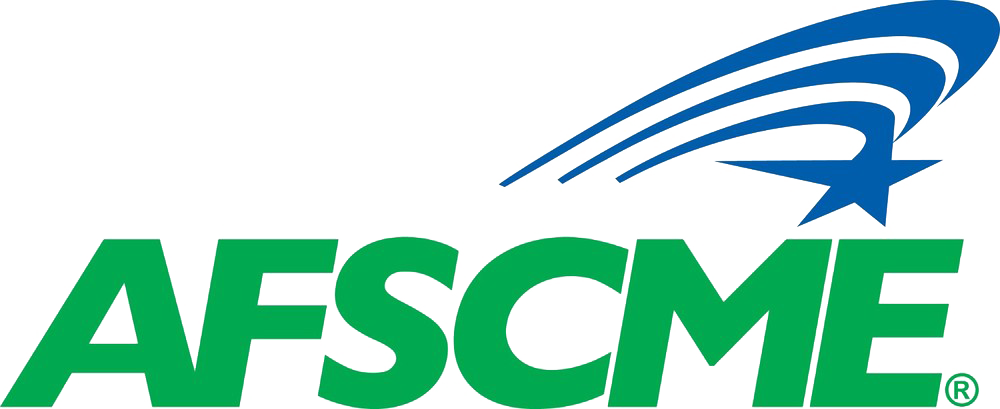The country was in the midst of the worst economic depression in its history when a small band of public employees met in Madison, Wisconsin to discuss what could be done to save their state's civil system. Never in the years since the Pendleton Act of 1883 authorized the establishment of civil service had it been so threatened.
Rumor had it that the 1933 session of the Wisconsin legislature was going to be confronted with demands to abolish the civil service system. This was the spark that set off the first meeting of this little group of 50 public employees and compelled them to talk "organization". In 1905, Wisconsin had become only the third state to adopt the civil service system.
At the meeting, attended by tax commission auditors, public service commission engineers, accountants and other white collar and professional state employees, the question arose as to what a small independent association could do in the interest of the state's public employees. The organization was named the WisconsinState, Administrative, Clerical, Fiscal and Technical Employees Association. As word of its formation spread, more and more employees joined.
Some months after the first meeting, an application was submitted for affiliation with the American Federation of Labor. At that time there was no international union devoted to the interests of non-federal public employees. The American Federation of Government Employees had been chartered by the AFL, but with jurisdiction only among employees of the federal government. With the assistance of the Wisconsin State Federation of Labor, the new association was able to win direct affiliation with the AFL and Federal Charter No. 18213 was granted to the Wisconsin State Employees Association under the new name.
Affiliation with the parent body of labor and with the state federation paid rich dividends almost immediately. In early 1933 a bill to abolish civil service was defeated with the help of the labor movement. From 1932 through 1934 public employees in different parts of the country followed the example of their brothers and sisters in Wisconsin and applied for AFL charters. Soon several such groups were sending delegates to AFL conventions. In February, 1934, the AFL actively assisted the Wisconsin State Employees Association with its organizing program
By 1935, there were 30 such groups in Colorado, Wisconsin, Georgia, Massachusetts, Ohio, California, Illinois and Washington. At the AFL convention in Atlantic City in 1935, several delegates representing these unions met to discuss forming a national center to develop this field. Plans were made for calling a conference later in the year. It was at this time that the American Federation of Government Employees indicated interest and jurisdiction over government employees generally, state and local as well as federal.
In December, 1935, 32 delegates from a number of states representing the new unions of state, county and municipal employees met in Chicago, adopted a constitution and called themselves the American Federation of State, County and Municipal Employees. They agreed to accept status as a "department" of the American Federation of Government Employees and to set up headquarters in Madison, Wisconsin.
However, this arrangement lasted only until September, 1936, when AFGE and the new department, the AFSCME, held separate conventions in Detroit. Leaders of AFGE observed the AFSCME convention, where many voices were raised favoring independent status for the state, county and municipal employees. These leaders climaxed the convention by recommending that the AFL, grant an independent international union charter to the AFSCME. Within one month the executive council of the AFL had granted the charter and headquarters were continued in Madison.
Despite depression, war, and employer opposition, the new union made tremendous gains in membership. In 1938, AFSCME doubled its membership over the previous year. At its 10th anniversary convention in 1946, AFSCME reported 73,000 members. By 1955, at the time of the AFL and CIO merger, AFSCME topped the 100,000 mark. The following year it merged with the 30,000 member Government and Civic Employees Organizing Committee, CIO. In 1957, AFSCME headquarters was transferred from Madison, Wisconsin, to Washington, D.C.
Today, AFSCME involves more than a million members in almost every state of the union, Puerto Rico and Panama. Organized public employees are an integral part of the AFL-CIO. Through the years, the union has brought dignity and outstanding improvements to its members. It is the fastest growing union in the United States.
The American Federation of State, County and Municipal Employees is the pioneer of public employee unionism: a militant, responsible union, proud of its past and confident of its future!
